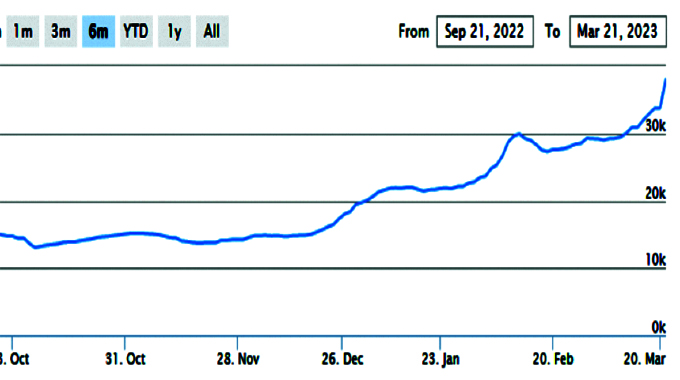Zim sees uptick in livestock population

Tapiwanashe Mangwiro
Senior Business Reporter
Zimbabwe has recorded marked growth in its national herd over the past 12 months largely due to the positive impact of Government interventions, including prudent disease management and effective breeding heifer procurement.
Secretary for Lands, Agriculture, Fisheries, Water and Rural Development Dr John Basera, in the ministry’s achievement booklet, said the number of cattle in the country had grown to 5,5 million mark from about 5,3 million.
The total number of goats, according to statistics in Dr Basera’s recently released booklet, now stands at 4,3 million from about 3,4 million.
“Livestock production is on the increase after interventions employed by the President to reduce disease prevalence. A total of one million households benefited under the Presidential Tick Grease Scheme. “We now have 5 509 983 cattle, 4 259 176 goats, 710 226 sheep and 314 335 pigs,” said Dr Basera.
While tick-borne diseases killed at least 500 000 cattle in the past five years, deaths from tick-borne diseases are falling fast after several interventions by the Government started taking effect and farmers while farmers are heeding advice of veterinary experts.
According to Dr Bhasera’s report, January disease mortality decreased by 49 percent in 2020 and 37 percent in 2021. “The prevalence of tick-borne diseases is noticeably reducing in response to intensive dipping.
“Government has a zero tolerance on Foot and Mouth Disease (FMD). Consequently, FMD outbreaks for 2022 were contained below 8 percent, and the plan was not to exceed 12 percent,” Dr. Basera added.
According to the Zimbabwe Resilience Building Fund (ZRBF), 65 percent of Zimbabwe’s population derives its livelihood from crop farming and 40 percent from livestock production.
The country’s 2020-2025 livestock growth plan identifies livestock diseases as one of the key intervention points requiring urgent attention to correctly position the livestock sector for meaningful contribution to the national development strategy.
Besides the measures to protect breeding heifers and cows from slaughter, the Government is also employing the use of artificial insemination to grow the national herd.
Some of these were revealed by the Lands, Agriculture, Fisheries, Water and Rural Development Deputy Minister Davis Marapira at a recent stakeholders meeting where he led a delegation that included the chief director of veterinary services Dr Josphat Nyika to assess the country’s ability to increase its herd.
“At the same time we are looking at artificial insemination to grow our cattle population. As a Government we import semen from all over the world and we also generate semen again from our local bulls and make sure that our rural areas can access good quality semen to improve their breeds,” he added.
The Government’s artificial insemination programme is proving to be affordable compared to buying bulls for cross breeding.
Agriculture analyst Anderson Magura said, “If we win the war against January disease, we are guaranteed as a nation to meet the 2025 target before the targeted year.
“As we target to achieve this, we have to put in place plans to rehabilitate dip tanks and build new dip tanks by June this year. Currently, we have 4 000 dip tanks countrywide and 80 percent of these are functional.”
However, Livestock and Meat Advisory Council administrator Chrispen Sukume bemoaned the lack of adequate dipping chemicals in the country and urged the government to intervene.
“There is a lack of dipping chemicals especially in the small-scale producer areas which has multiple impacts across the board. The livestock industry depends on materials that are grown by farmers and use cattle as draft power. What we feel needs to be done, especially in the small-scale farming area, is that government needs to come through in the supply of dipping chemicals,” he said.










Comments